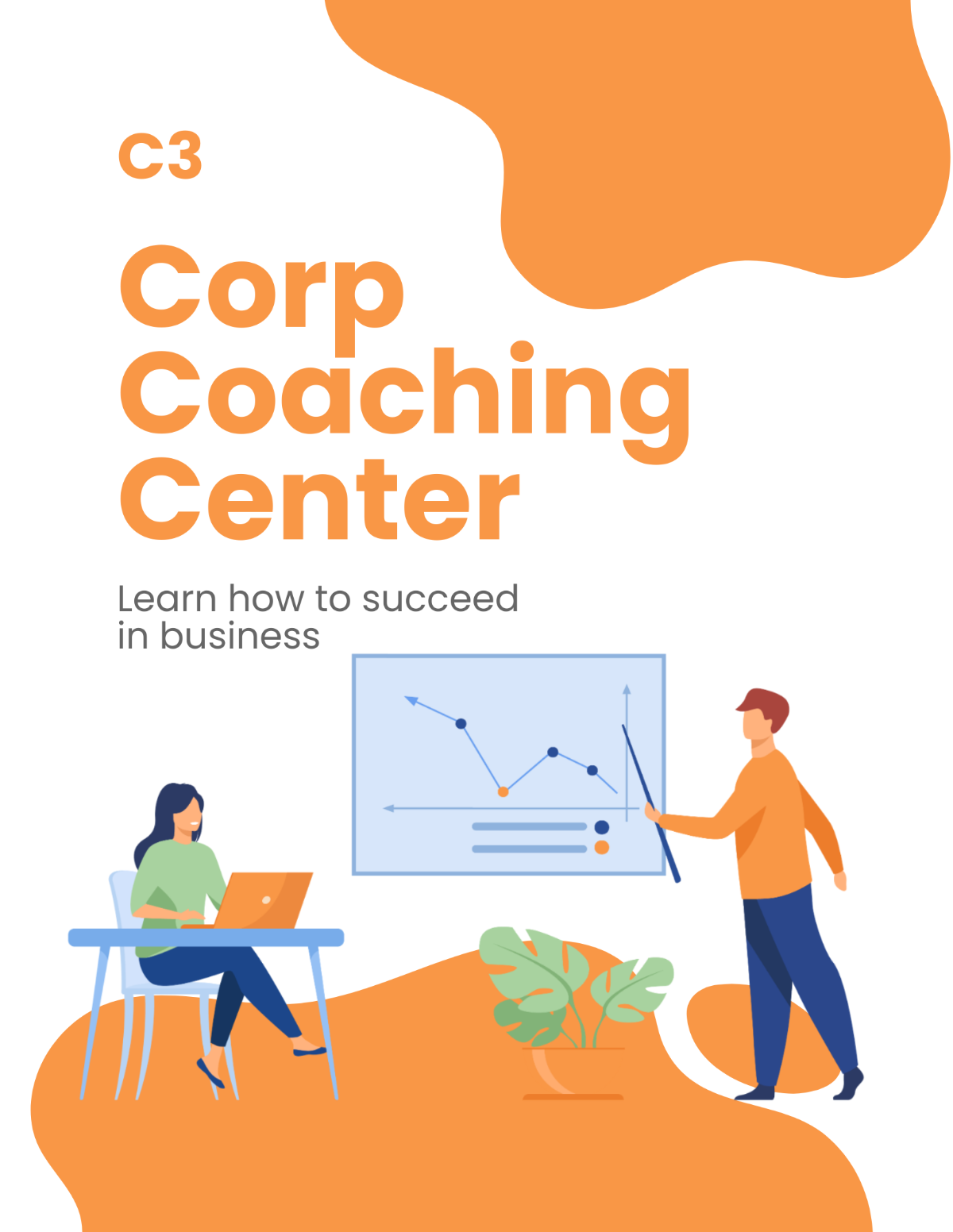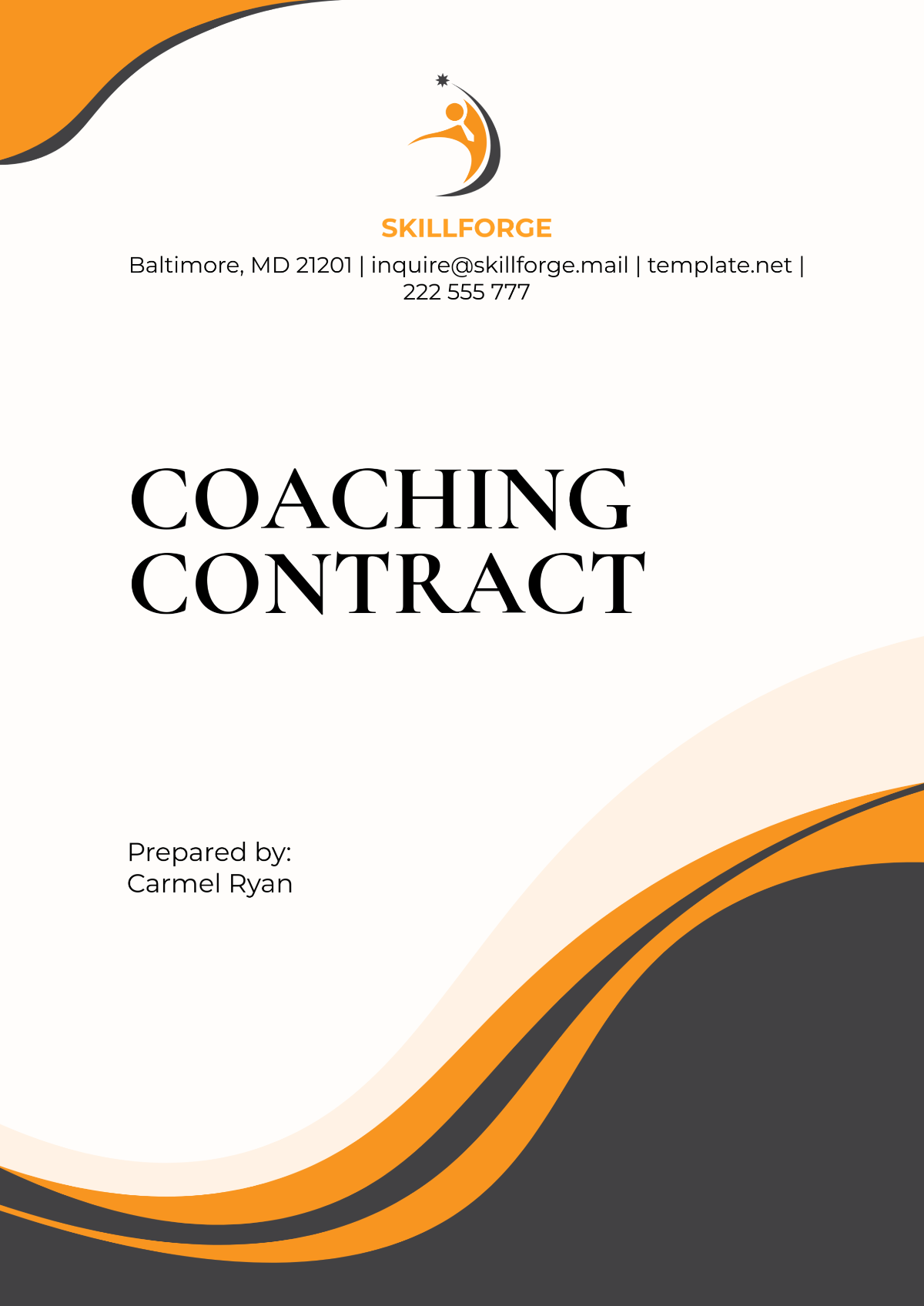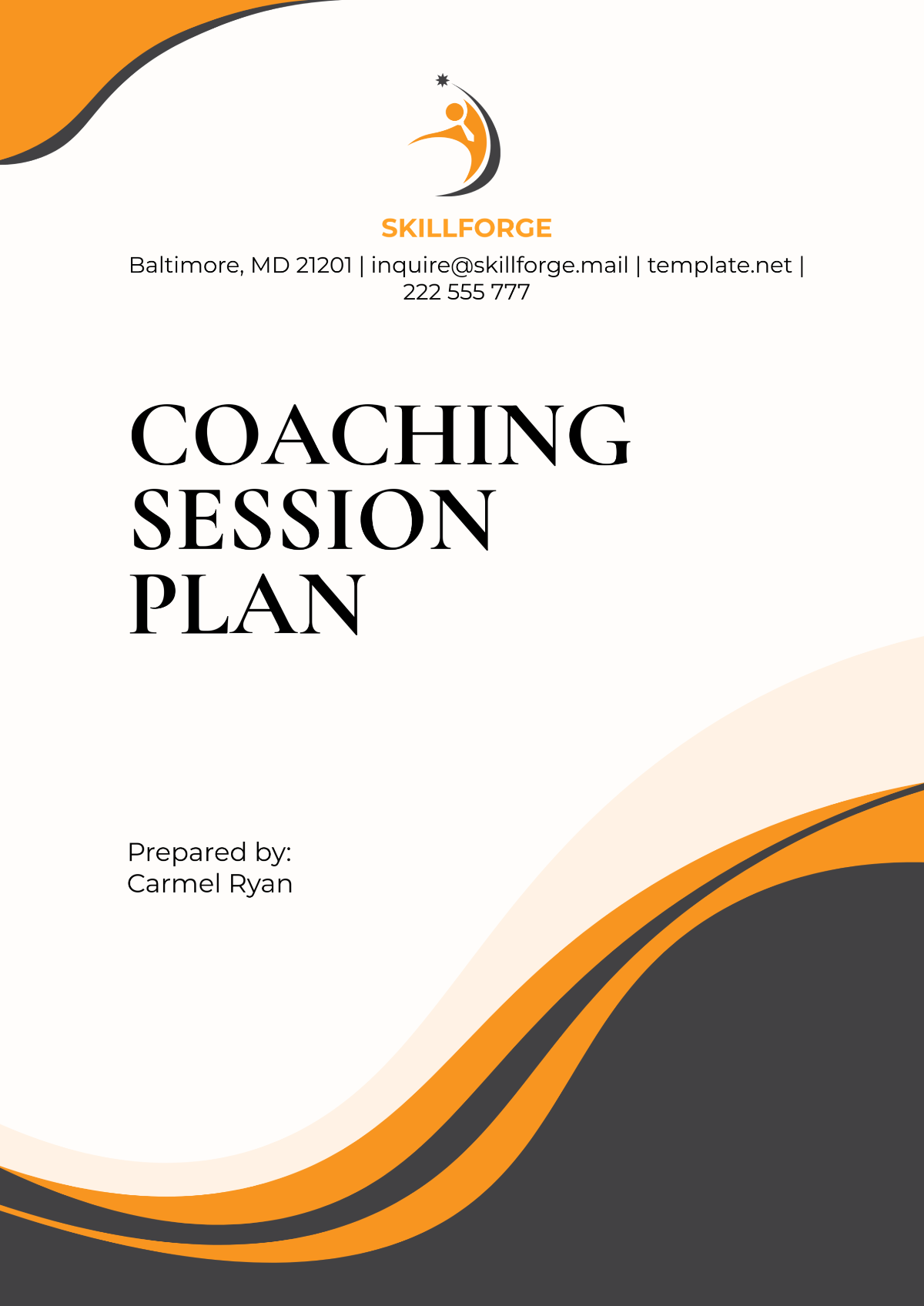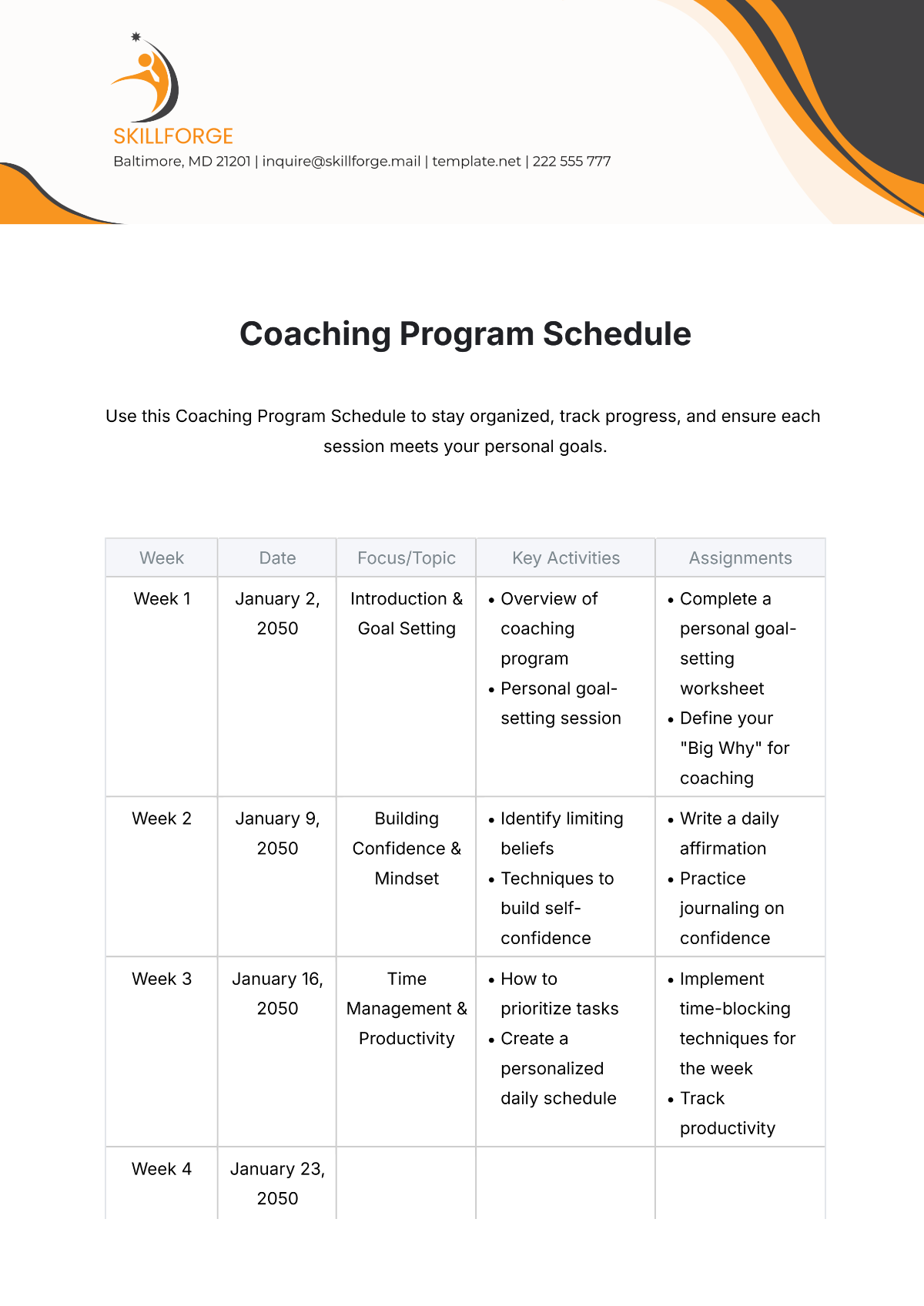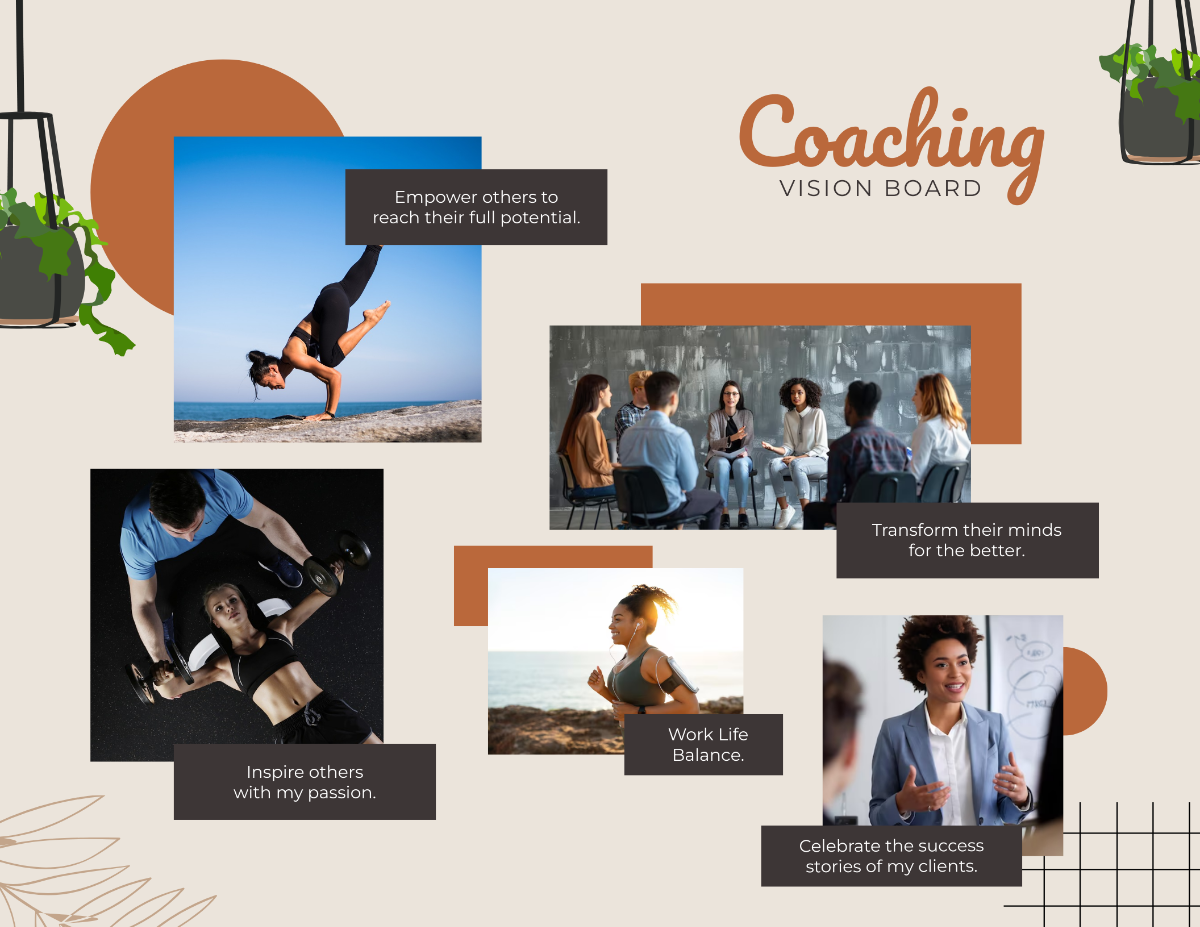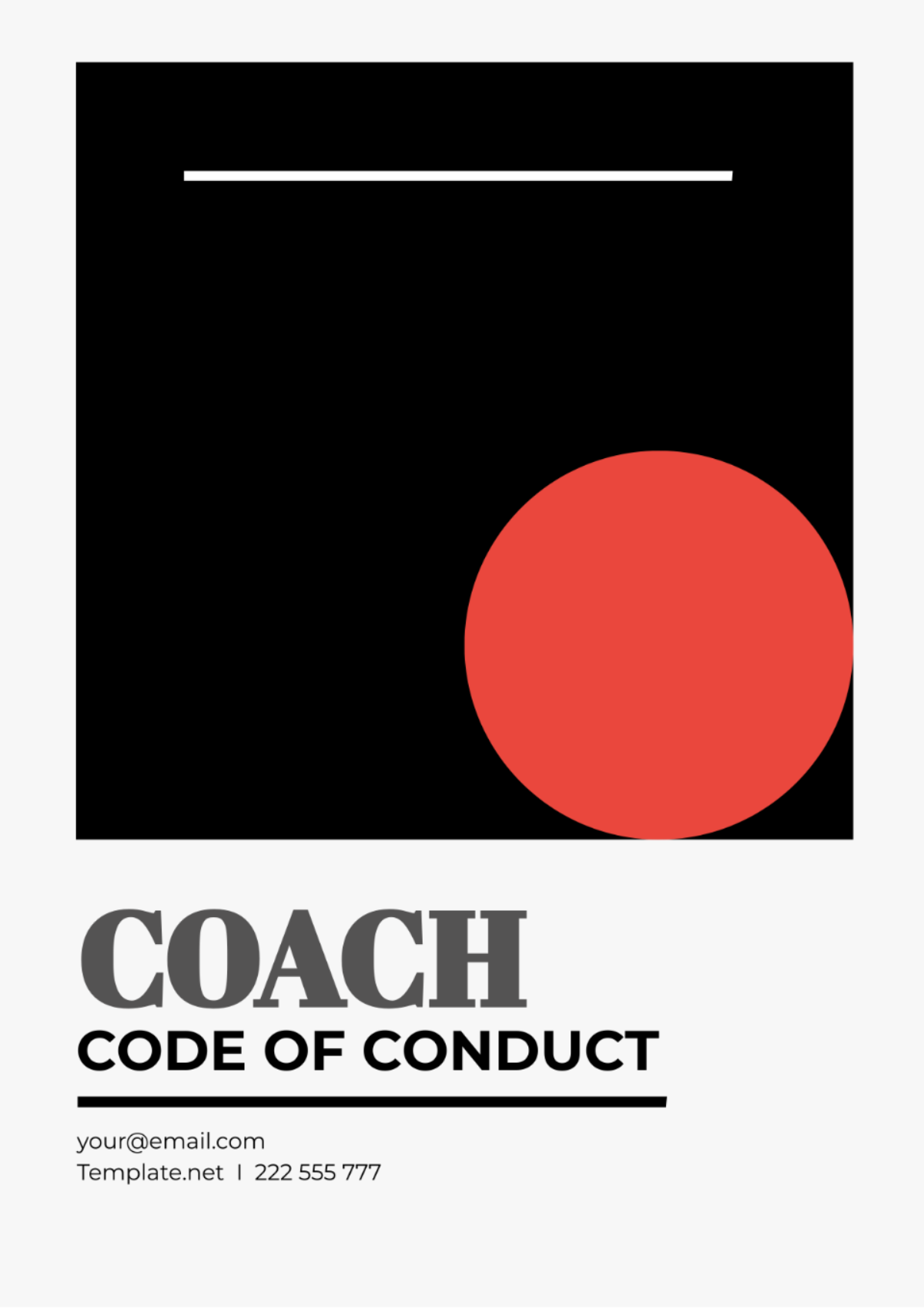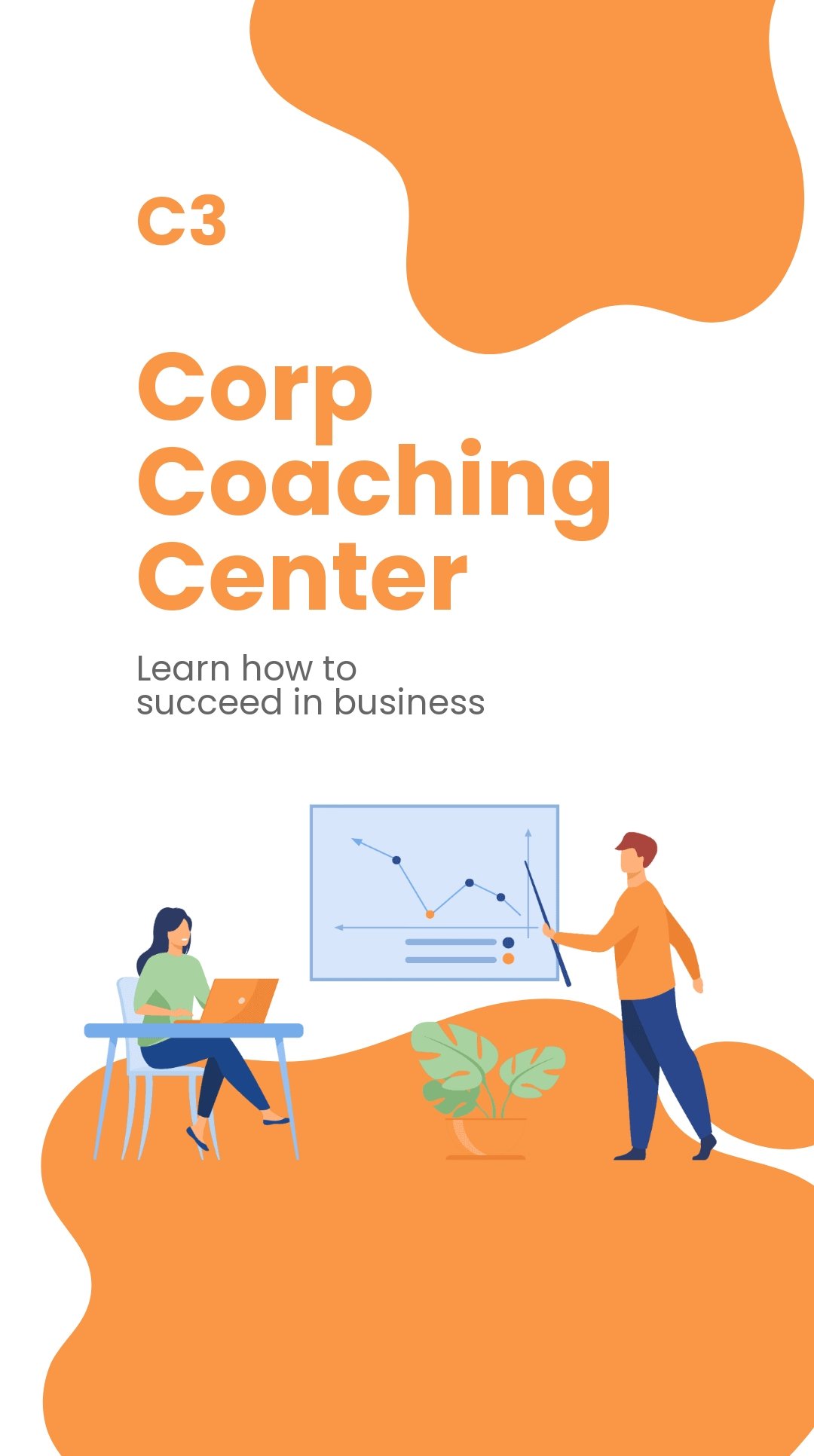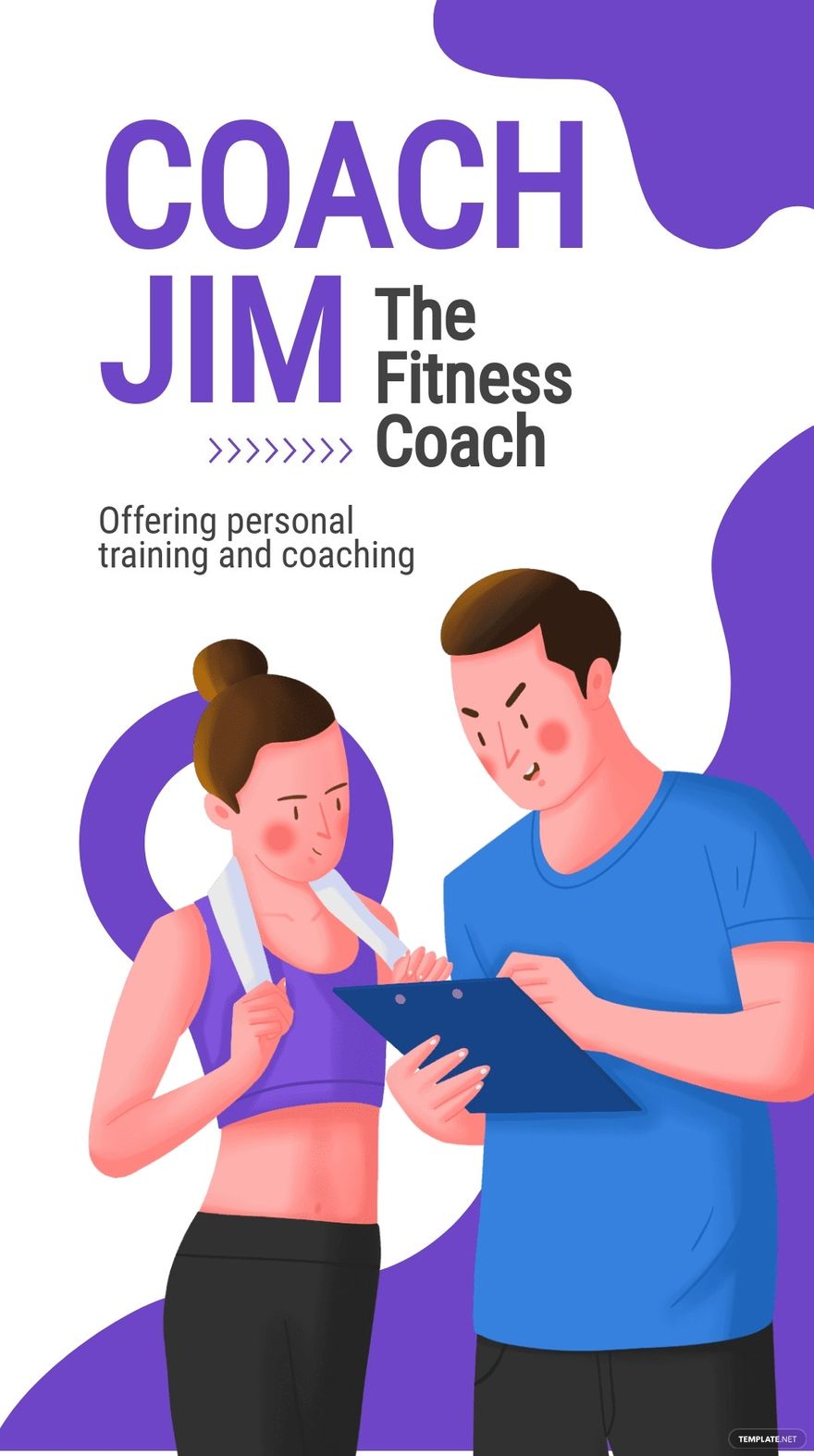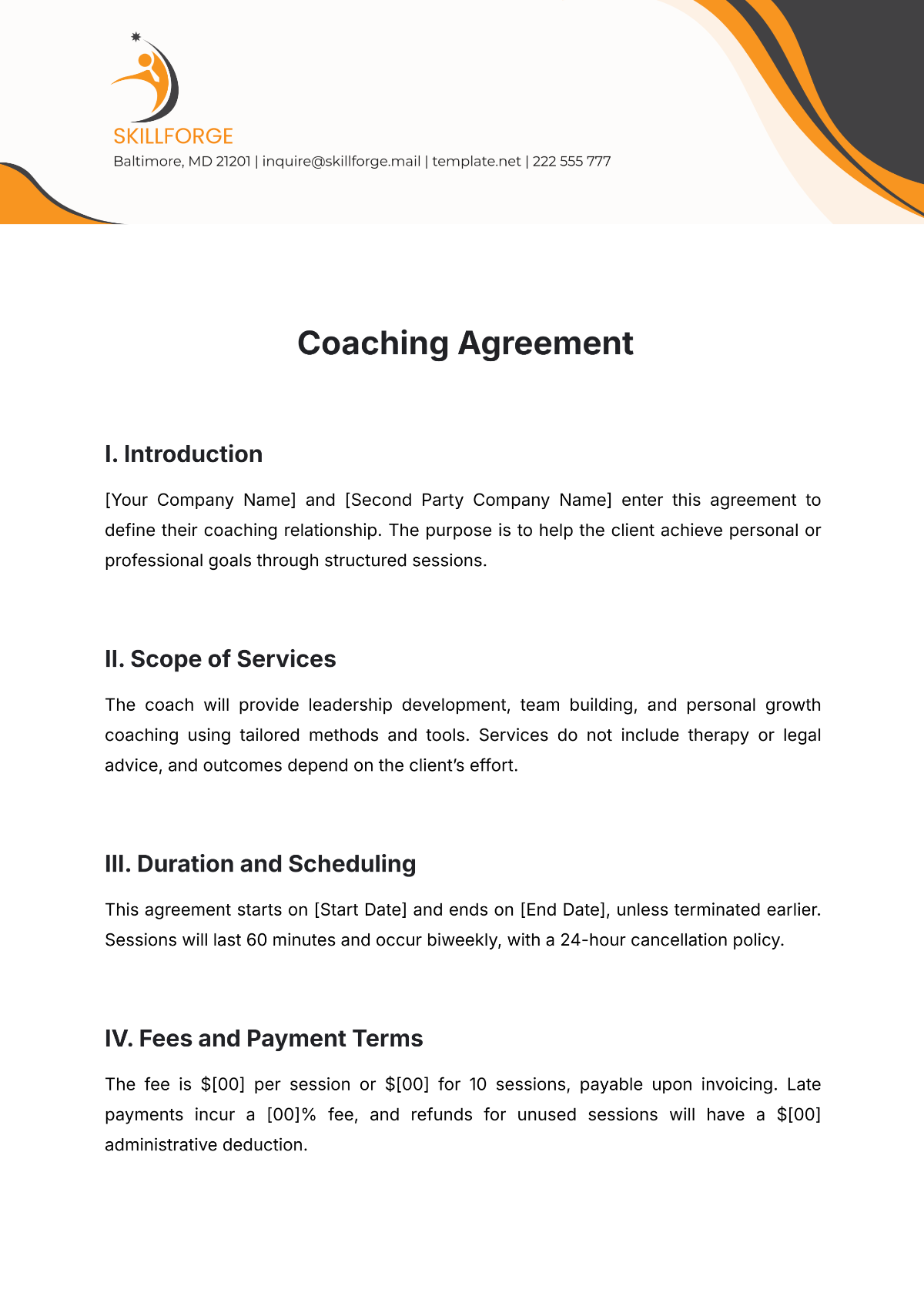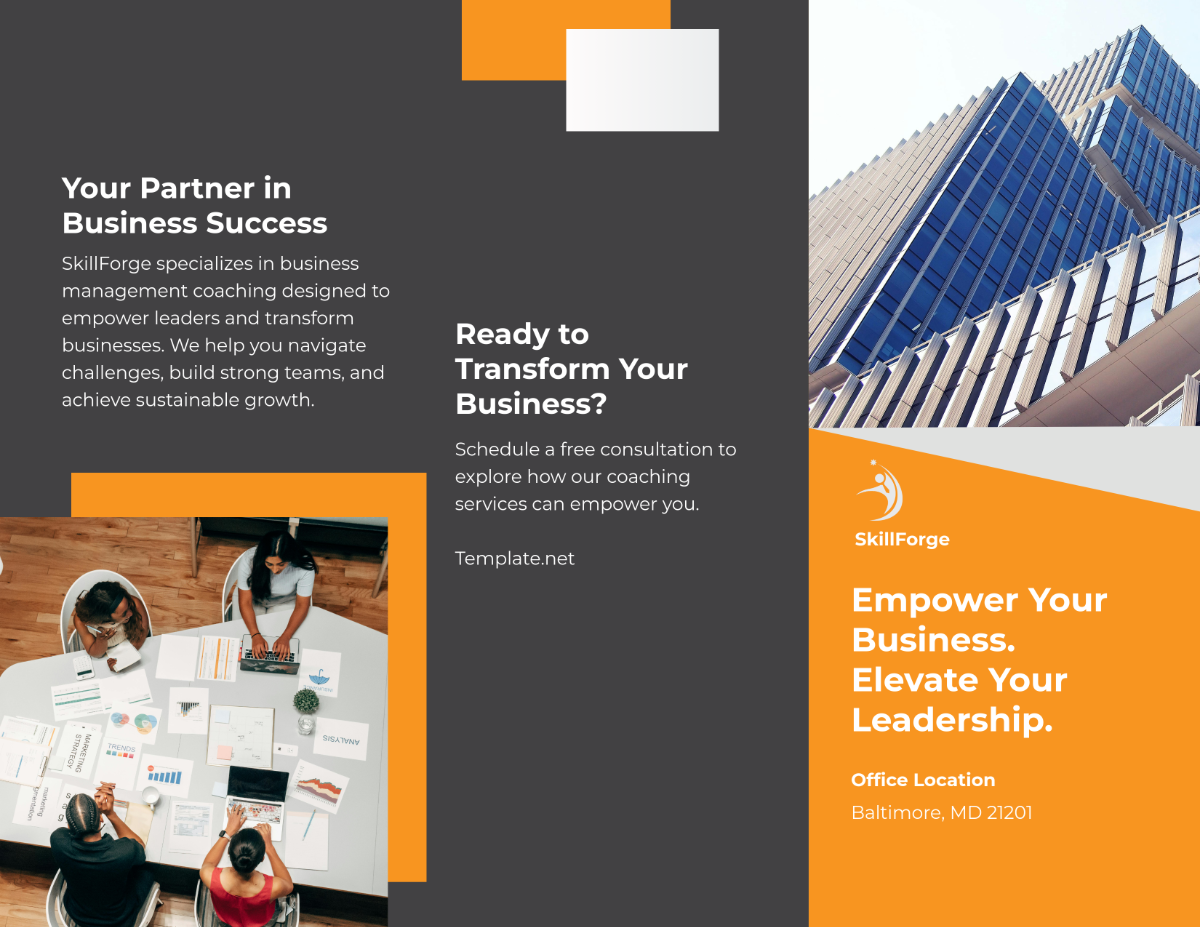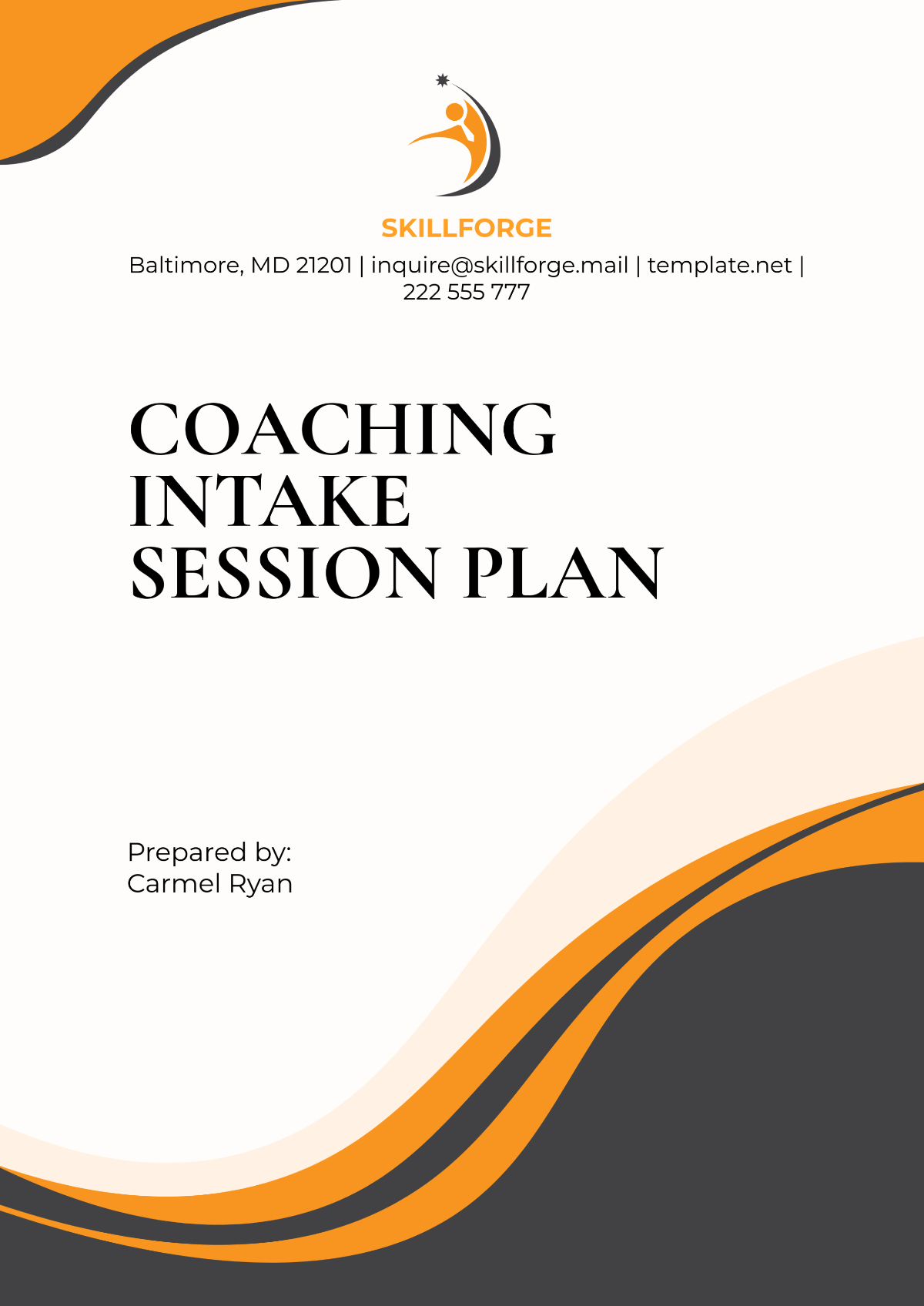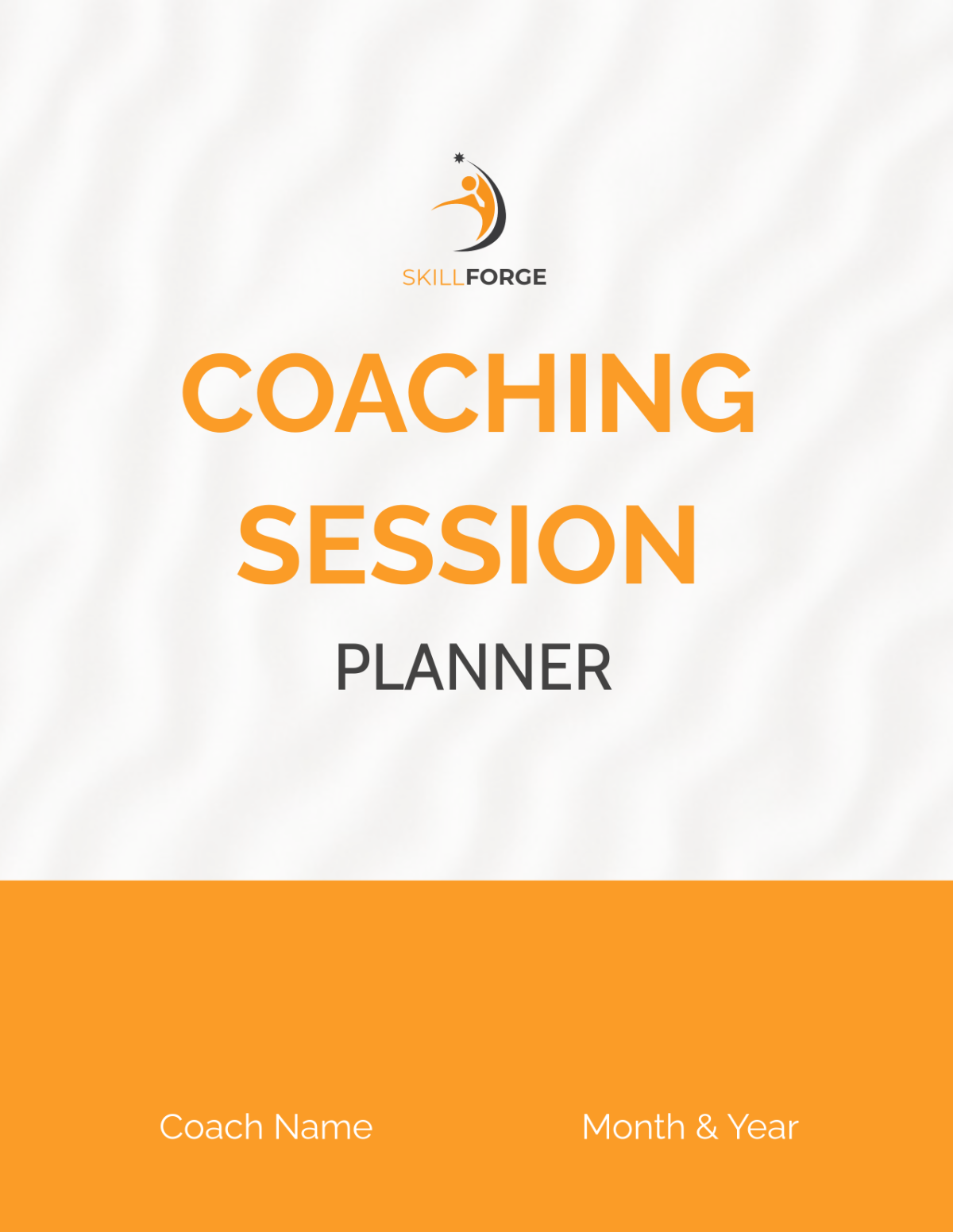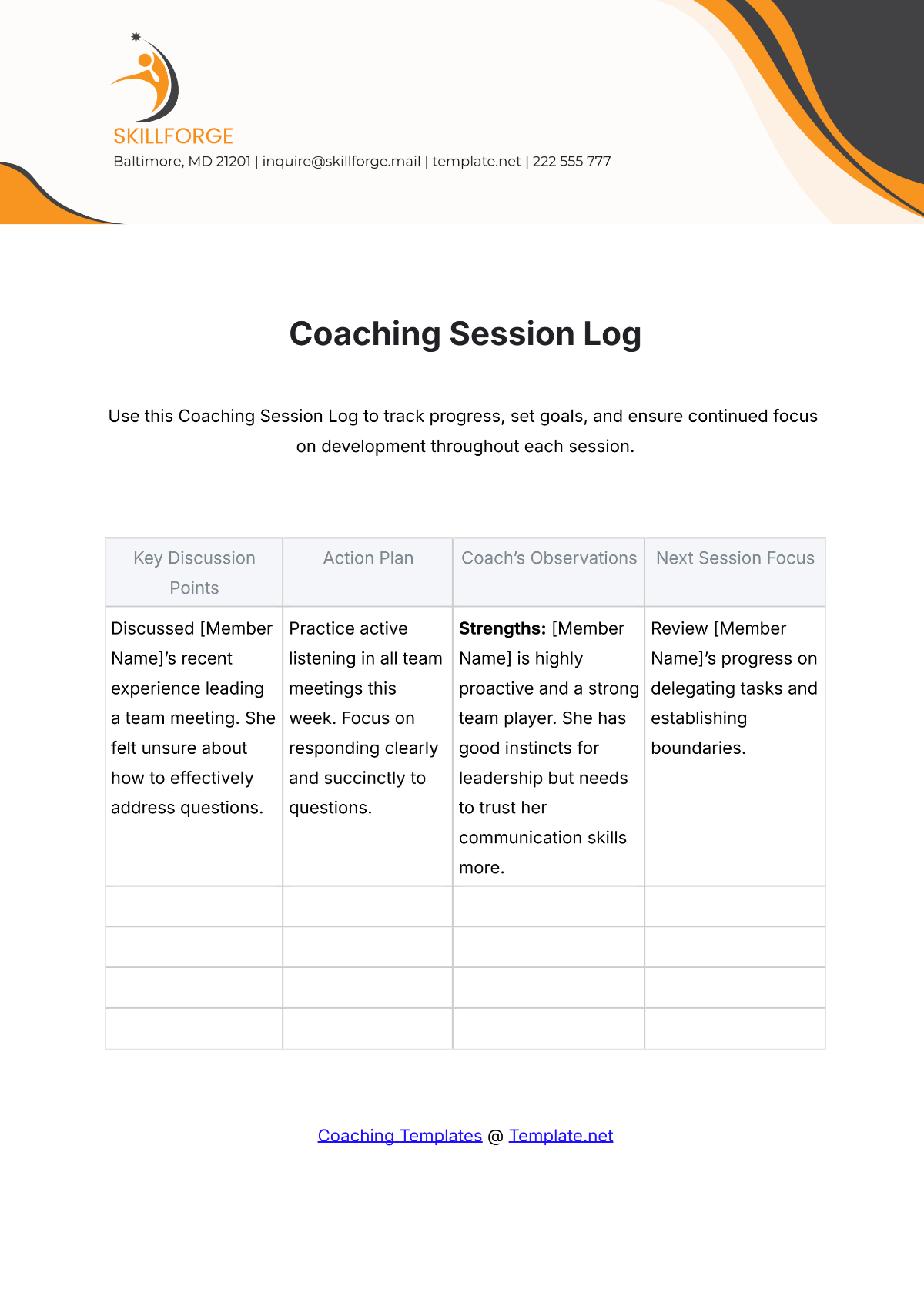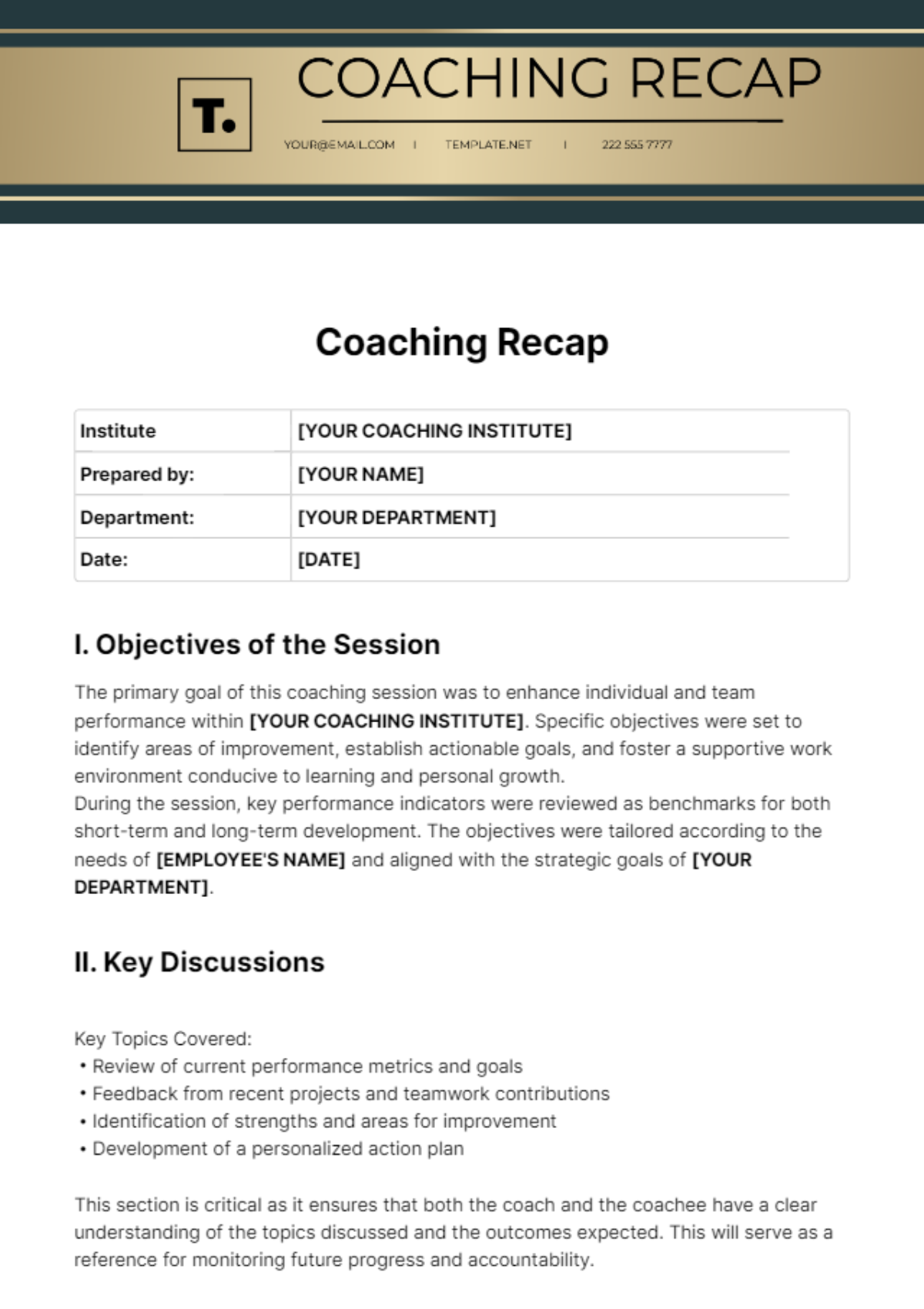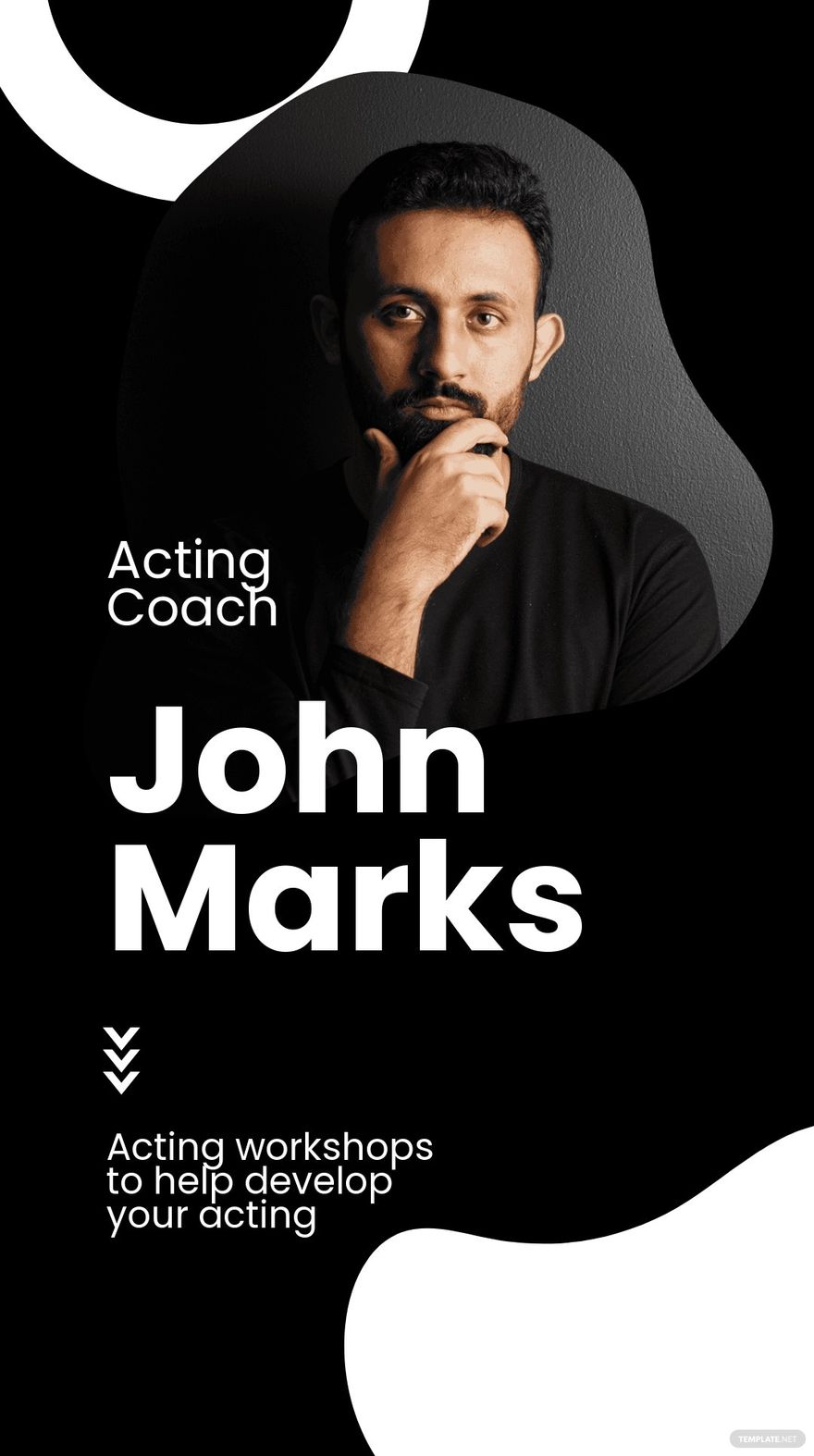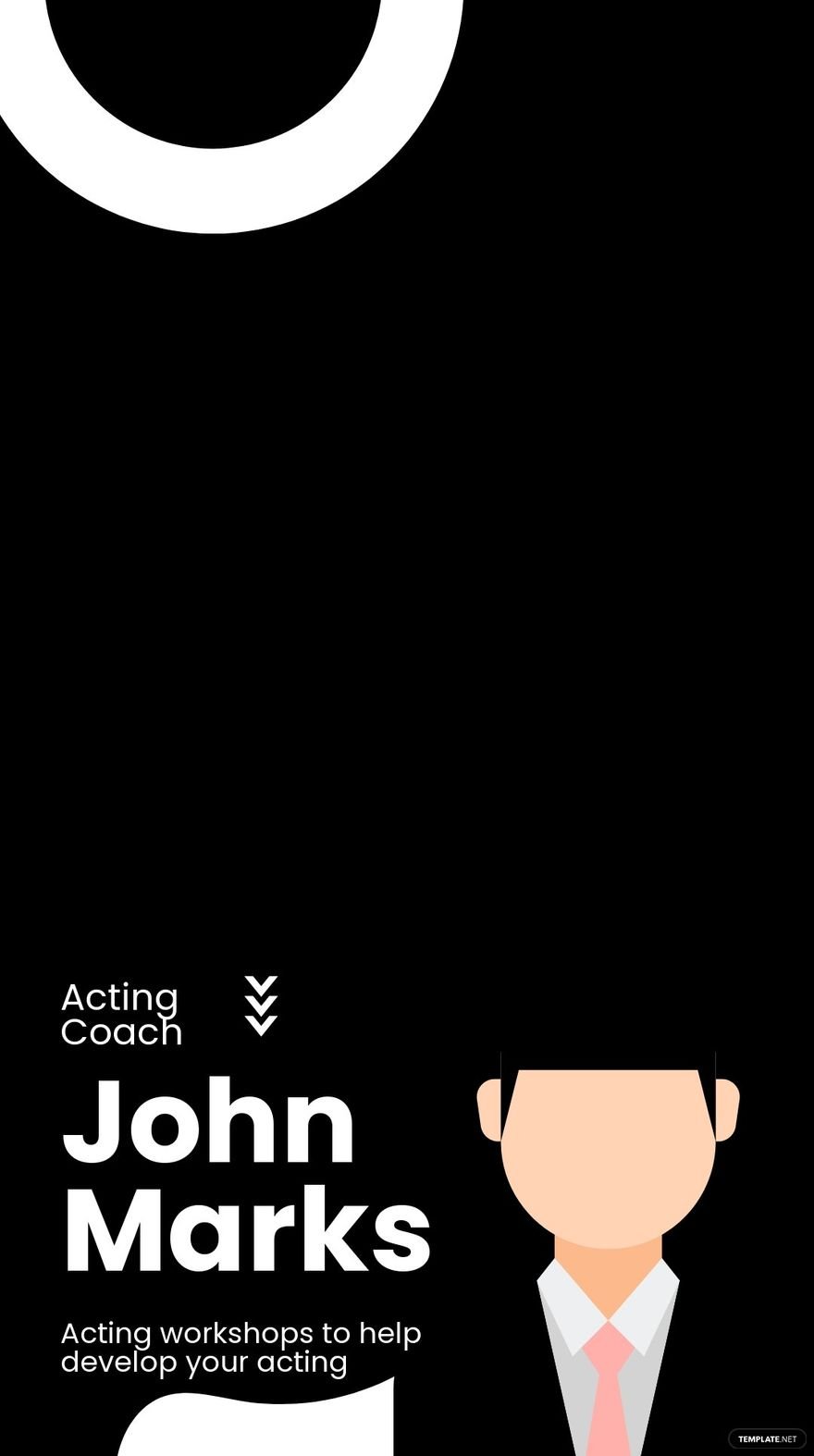Coaching Case Study
I. Introduction
In this section, provide an overview of the coaching engagement, including background information about the client and the context of the coaching relationship. Describe [Client Name]'s industry, position, challenges faced, and reasons for seeking coaching. Highlight any initial assessments or discussions that shaped the coaching objectives.
II. Client Background and Goals
[Client Name] had a diverse background in Technology and Software Development, with [number] years of experience in [specific roles]. Upon entering the coaching engagement, they expressed goals centered around Enhancing leadership skills, improving team collaboration, and managing work-life balance. These goals were identified through initial assessments, interviews, and discussions, focusing on Leadership development, team dynamics, and stress management.
III. Coaching Approach
The coaching approach employed for [Client Name], involved a blend of transformational coaching and strengths-based coaching, tailored to address her unique needs and objectives. This section details the strategies, frameworks, and tools utilized during the coaching process to support [Client Name] growth and development.
Transformational Coaching: This approach focused on helping Sarah identify and challenge limiting beliefs, develop a vision for her leadership style, and create actionable steps to align her behaviors with her leadership goals.
Strengths-Based Coaching: Leveraging tools such as the StrengthsFinder assessment, the coaching process emphasized Sarah's inherent strengths and how she could leverage them to improve team dynamics, communication, and decision-making within her role as a Team Lead.
IV. Coaching Outcomes
Detail the outcomes and achievements resulting from the coaching engagement with [Client Name]. Highlight tangible results, behavioral changes, skill enhancements, and any other measurable impacts observed throughout the coaching journey.
4.1 Achievements
Leadership Style Refinement: Sarah successfully refined her leadership style by implementing proactive communication strategies within her team, resulting in a 20% reduction in miscommunication-related errors in project deliverables.
Team Collaboration Enhancement: Through coaching interventions focusing on team dynamics and collaboration, Sarah facilitated cross-functional workshops that improved interdepartmental cooperation, leading to a 15% increase in project completion rates ahead of schedule.
Work-Life Balance Strategies: Sarah implemented personalized work-life balance strategies, including time management techniques and boundary-setting practices. As a result, her overall job satisfaction improved by 30%, contributing to higher productivity levels within her team.
4.2 Impact
Performance Improvement: Sarah's enhanced leadership and communication skills directly contributed to a 25% increase in team productivity and a noticeable improvement in project quality, as evidenced by client feedback and performance metrics.
Mindset Shift: The coaching journey fostered a growth mindset in Sarah, leading to increased resilience in handling challenges and a more proactive approach to personal and professional development opportunities.
Relationship Building: Sarah's improved leadership approach positively impacted team morale, fostering a collaborative and supportive work environment that encouraged innovation and creativity among team members.
V. Lessons Learned
5.1 Challenges
Time Management: Balancing coaching sessions with Sarah's workload was managed by scheduling sessions during non-peak hours and using virtual platforms for flexibility.
Resistance to Change: Overcoming team resistance involved collaborative goal-setting, clear communication on change benefits, and continuous support and feedback.
5.2 Success Factors
Open Communication: Transparent channels fostered trust and allowed candid discussions on progress and challenges.
Goal Clarity: Clear, measurable goals guided by focused coaching interventions, ensuring alignment with desired outcomes.
Feedback and Reflection: Regular feedback and reflective exercises helped track progress, identify growth areas, and reinforce positive behaviors.
VI. Recommendations for Future Engagements
6.1 Best Practices
Customized Coaching Plans: Tailor coaching plans to individual client needs using diverse coaching methodologies.
Regular Progress Reviews: Conduct frequent progress reviews to track development and adjust strategies as needed.
Utilize Technology: Leverage virtual platforms for flexible communication and accessibility.
6.2 Areas for Development
Advanced Coaching Techniques: Invest in coach development for emotional intelligence and conflict resolution.
Feedback Culture: Foster open feedback and reflection for continuous improvement.
Integration with Goals: Align coaching with organizational objectives for enhanced impact.
